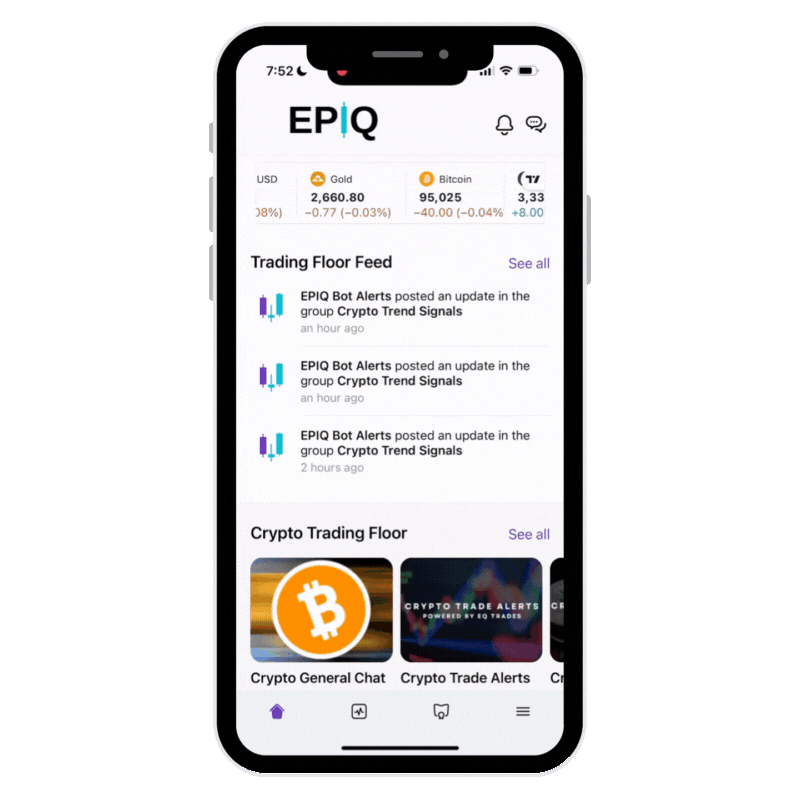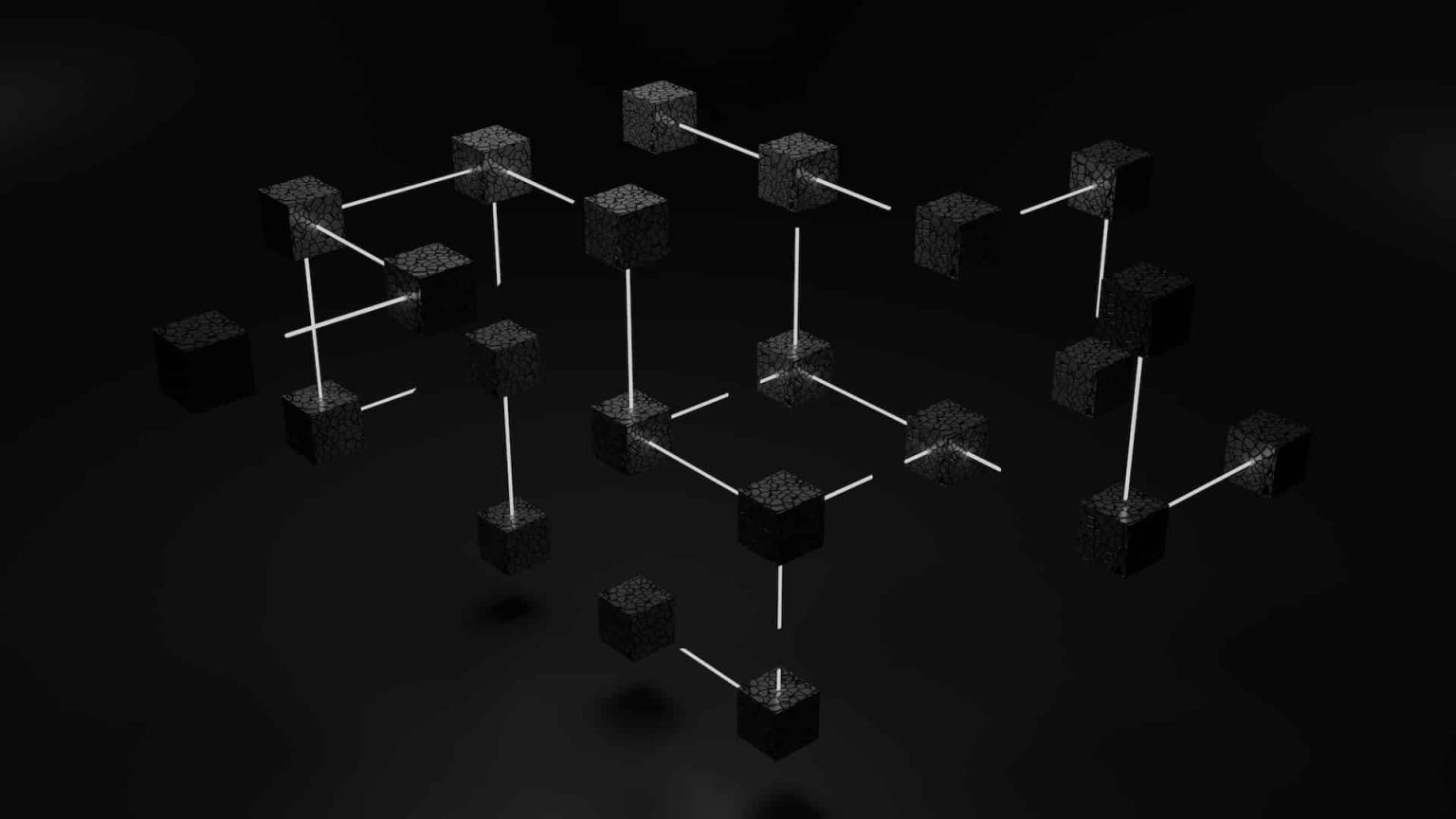The blockchain industry is evolving at a rapid pace, and modular blockchains are emerging as the next big innovation in Web3. Traditional blockchains, such as Bitcoin and Ethereum, follow a monolithic structure, meaning they handle all core functions—execution, consensus, and data availability—on a single chain. However, as the demand for scalability, security, and decentralization increases, modular blockchains are proving to be a more efficient and flexible solution.
At EPIQ Trading Floor, we keep traders and investors ahead of the curve with insights into blockchain innovations like modular architectures. By joining today, you can use code “BLOG” at checkout for 10% off your membership and enjoy a risk-free 3-day trial—cancel within 72 hours without being charged. Sign up now.
Understanding Modular Blockchains
A modular blockchain is designed to separate and optimize the four primary blockchain functions: execution, settlement, consensus, and data availability. Instead of handling all these processes within a single chain, modular architectures divide these tasks among multiple layers, improving scalability, efficiency, and interoperability.
How Modular Blockchains Work
Unlike monolithic blockchains, which process transactions, validate them, and store them on a single chain, modular blockchains distribute these tasks across different layers. Here’s how it works:
- Execution Layer: Handles smart contract execution and transaction processing.
- Settlement Layer: Ensures transactions are finalized and provides security guarantees.
- Consensus Layer: Validates and orders transactions across the network.
- Data Availability Layer: Stores transaction history and ensures data accessibility.
This separation allows blockchains to be more efficient and scalable, reducing congestion and fees while maintaining high security.

Why Modular Blockchains Matter
The primary advantage of modular blockchains is their ability to enhance scalability without compromising decentralization or security. Traditional blockchains like Ethereum struggle with high transaction fees and network congestion. Modular solutions like Celestia, EigenLayer, and Avail introduce ways to offload computation and data availability, allowing for greater network efficiency and reduced costs.
Additionally, modular designs enable better interoperability between different blockchain ecosystems. Since modular blockchains specialize in specific tasks, developers can build more customizable and optimized networks, paving the way for cross-chain collaboration.
Examples of Modular Blockchain Projects
Several leading projects are pushing the boundaries of modular blockchain innovation:
- Celestia: A pioneering data availability layer that allows developers to deploy blockchains without needing to build an entire infrastructure from scratch.
- EigenLayer: Introduces restaking mechanisms that improve security and capital efficiency for Ethereum-based projects.
- Avail: A blockchain designed to provide scalable data availability layers to support high-performance applications.
These projects are helping reshape how blockchains operate, making networks more scalable, composable, and decentralized.
The Future of Web3 with Modular Blockchains
Modular blockchains are expected to play a critical role in the evolution of Web3. As DeFi, NFTs, and decentralized applications (dApps) continue to grow, the need for scalable, cost-effective, and interoperable solutions becomes more evident.
The shift toward modularity means that Web3 developers will have more flexibility when building blockchain-based applications. Instead of being constrained by a single ecosystem, developers can integrate multiple blockchain layers to optimize performance and security. This approach could lead to a more decentralized internet, where users can interact with multiple blockchain networks without friction.

How EPIQ Trading Floor Helps You Stay Ahead
At EPIQ Trading Floor, we ensure our members have the tools and knowledge to navigate emerging trends like modular blockchain technology. As a member, you’ll gain access to:
- Real-Time Market Insights to track the latest developments in Web3 innovation.
- Live Webinars and Training to understand blockchain advancements and trading strategies.
- Expert-Led Coaching to help you capitalize on new investment opportunities.
- Exclusive Trading Community where members discuss strategies and market trends.
Use code “BLOG” at checkout for 10% off your membership and start with a risk-free 3-day trial—cancel within 72 hours if it’s not the right fit. Join EPIQ Trading Floor today.
Final Thoughts
Modular blockchains are revolutionizing the Web3 ecosystem by making networks more scalable, efficient, and interconnected. As the blockchain space continues to evolve, modular solutions could become the standard for building next-generation decentralized applications.
Understanding and staying ahead of these innovations is crucial for investors and traders. By leveraging EPIQ Trading Floor’s expertise and resources, you can navigate the future of blockchain technology with confidence.
Disclaimer
This blog is for educational purposes only and should not be considered financial advice. Always conduct your own research and consult with a professional before making any investment decisions.










Responses